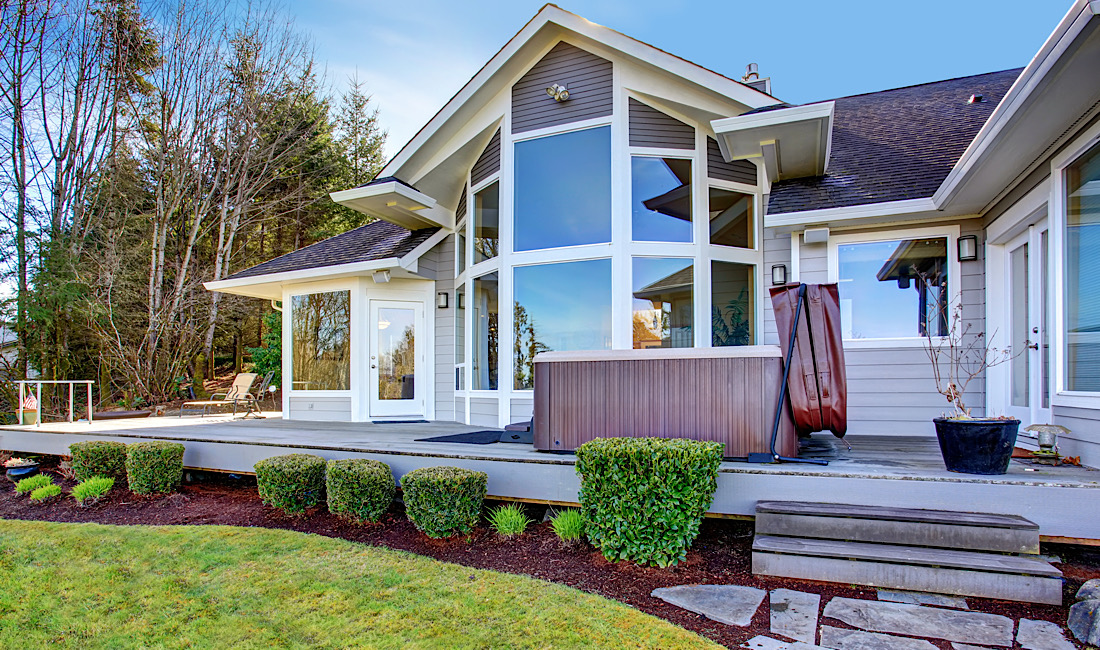Choosing the right window tint shade for your home is about more than just blocking sunlight. It’s a decision that affects your comfort, energy bills, interior preservation, and even the overall look of your property. With so many options available, many homeowners feel uncertain about which shade is the best fit.
Whether you’re hoping to reduce glare, protect your furniture from UV rays, or improve your home’s curb appeal, selecting the right tint requires balancing style with function. To help, here’s a practical guide that breaks down how to evaluate window tint shade options and make the best choice for your home.
Why Window Tint Shade Matters
Window film is available in a range of shades, from virtually clear to darker tints that significantly reduce light transmission. The shade you choose will determine how much natural light enters, how much heat and UV radiation is blocked, and how the windows appear from the inside and outside.
Selecting the right shade is important because:
- It affects energy efficiency: Darker shades can reflect more heat, while lighter shades still offer UV protection without dimming your home.
- It influences design: Shade choice impacts curb appeal and the overall interior ambiance.
- It ensures compliance: In neighborhoods with homeowners’ associations (HOAs), rules may dictate acceptable tint levels.
Considering Energy Efficiency
One of the top reasons homeowners choose residential window tint is to reduce energy costs. By cutting down solar heat gain, window film eases the strain on air conditioning in the summer and provides insulation benefits in the winter.
- Lighter tints: These allow more daylight in while still filtering UV rays. They’re ideal for homeowners who want energy efficiency without altering their interior brightness.
- Medium tints: A balanced option that reduces glare, blocks significant UV exposure, and improves cooling efficiency.
- Darker tints: Provide maximum heat rejection but can create a dimmer effect indoors. They’re often used in high-glare areas or rooms that receive heavy sun exposure.
When selecting a tint shade, think about how each room is used. For example, a home office or media room may benefit from a medium or darker shade, while living areas might be better suited to lighter tints that maintain brightness.
Protecting Interiors with UV Control
Regardless of shade, most modern residential window films block up to 99% of harmful UV rays. That means even clear or very light shades will protect hardwood floors, fabrics, and artwork from fading.
The difference comes down to how much visible light and heat are reduced. A darker shade will block more glare and heat, but a lighter shade can still deliver full UV protection without changing the look of your space.
Style and Design Considerations
Design-conscious homeowners often see window film as part of their home’s overall aesthetic. The right shade should complement the exterior style of the house while creating the interior atmosphere you want.
- Clear or light shades: Preserve the natural look of your windows and work well with modern or minimalist designs.
- Neutral or gray tones: Offer subtle shading that looks sleek and contemporary without being overpowering.
- Darker shades: Add contrast, privacy, and a bold appearance from the outside.
It’s also worth considering how different shades will look across the entire home. A uniform application creates a cohesive appearance, while mixing shades can make the design feel unbalanced.
HOA and Local Compliance
If you live in a neighborhood governed by an HOA, there may be rules about acceptable window film shades. Many associations restrict very dark tints or reflective films to maintain a consistent look across homes.
Before selecting a shade:
- Review your HOA’s guidelines on window treatments.
- Ask your installer for film samples approved for residential neighborhoods.
- Choose a shade that balances performance with compliance.
A professional installer, like Meridian Window Tint, can guide you toward options that meet both your style goals and HOA requirements.
Striking the Right Balance
Choosing a tint shade doesn’t have to be overwhelming. The key is to evaluate your needs in three main areas:
- Functionality: Do you need heat rejection, glare reduction, or just UV protection?
- Style: Do you prefer a natural, unobtrusive look or a more modern, tinted appearance?
- Regulations: Are there HOA or municipal restrictions that guide what you can choose?
By weighing these factors, you can narrow down the best window tint shade options for your home.
The Role of Professional Guidance
While online research is helpful, working with an experienced installer is the best way to ensure you choose the right film. A professional can:
- Show you physical samples so you see how different shades look in your home.
- Explain the performance ratings of each option.
- Recommend the right balance of energy efficiency, UV protection, and style.
- Ensure a flawless installation that maximizes longevity and performance.
Meridian Window Tint has worked with homeowners throughout the Treasure Valley, helping them select shades that deliver both aesthetic appeal and functional benefits. From light, subtle films to darker energy-saving tints, our team provides tailored recommendations to match your priorities.
Ready to Find Your Shade?
Your windows are one of the most prominent features of your home, and the right tint shade can make a huge difference in comfort, efficiency, and style. Whether you want a nearly invisible film for UV protection or a darker shade for glare control and privacy, residential window tint offers flexible solutions for every homeowner.
If you’re ready to explore the options, Meridian Window Tint can help. Our specialists will walk you through different window tint shade options, explain their benefits, and guide you toward a choice that aligns with your home’s design and your personal preferences.
Learn more by visiting Meridian Window Tint or call (208) 258-7260 to schedule your consultation today.
Frequently Asked Questions
Do lighter tint shades still block UV rays?
Yes. Even the lightest residential window films typically block up to 99% of harmful UV rays.
Which rooms benefit most from darker shades?
Rooms with heavy sun exposure, such as home offices, media rooms, or west-facing living areas, often benefit most from medium to darker shades.
Will window tint shades affect my view?
High-quality films are designed to reduce glare without distorting your view. In fact, many homeowners find that their views look sharper and more comfortable to enjoy.
Can different shades be used in different rooms?
Yes, but keep in mind that varying shades may create an inconsistent look from the outside. Many homeowners prefer one shade for a uniform aesthetic.
How do I know which shades are HOA-approved?
Your installer can provide samples that comply with typical HOA rules. Always check your community guidelines before making a final decision.

